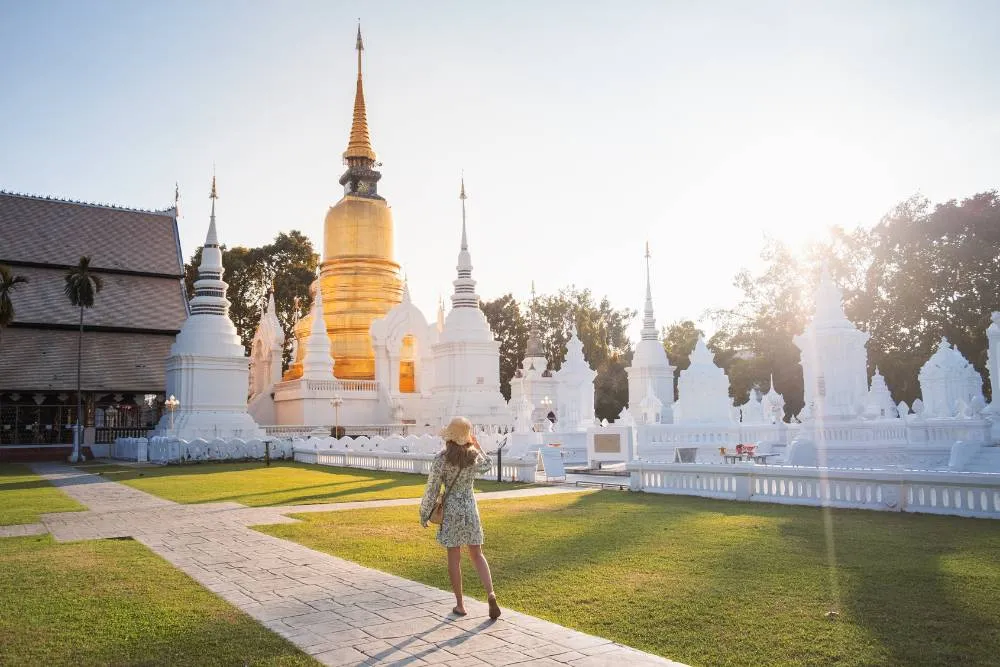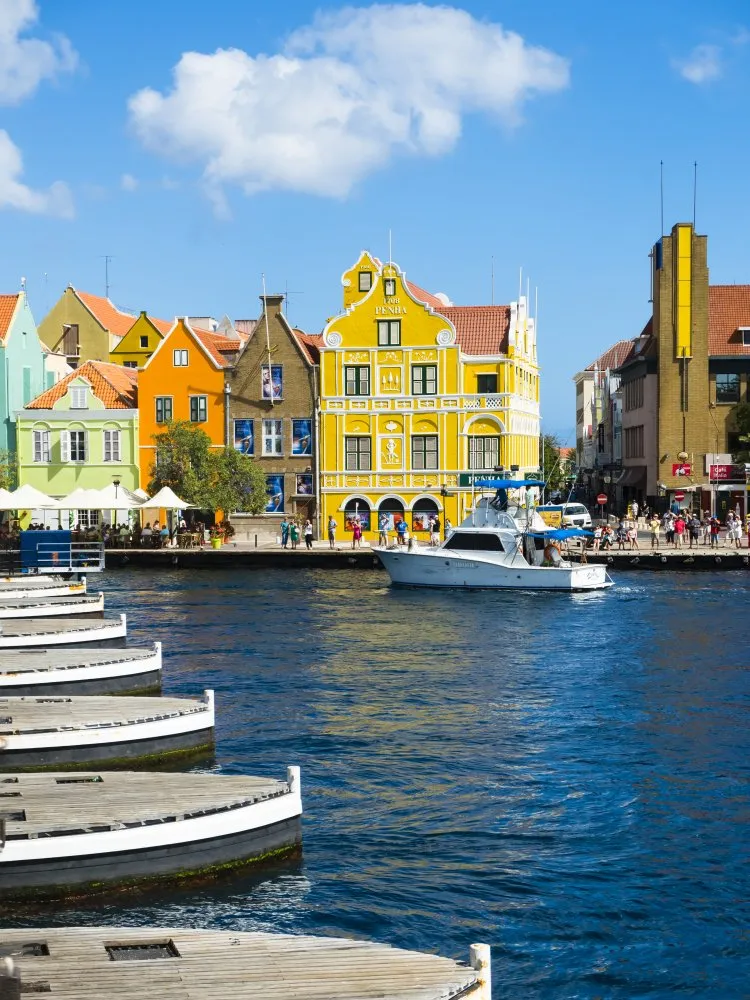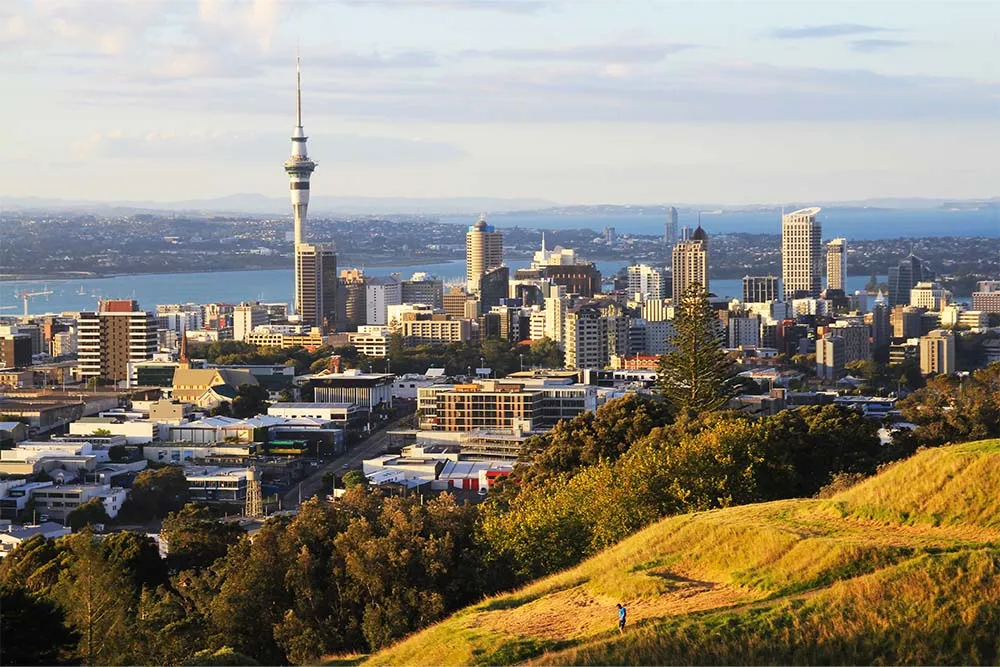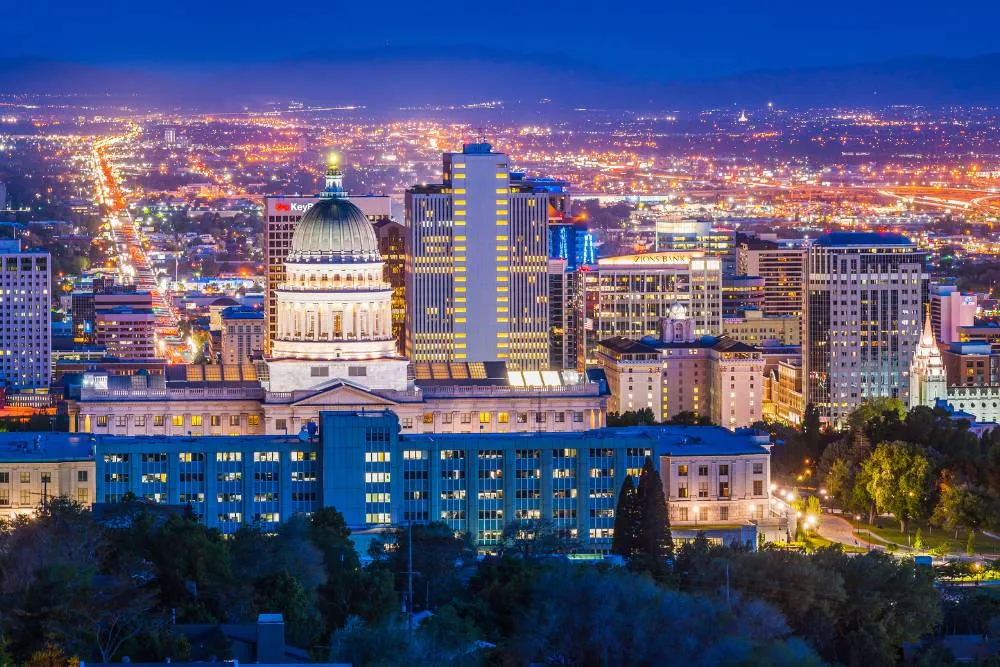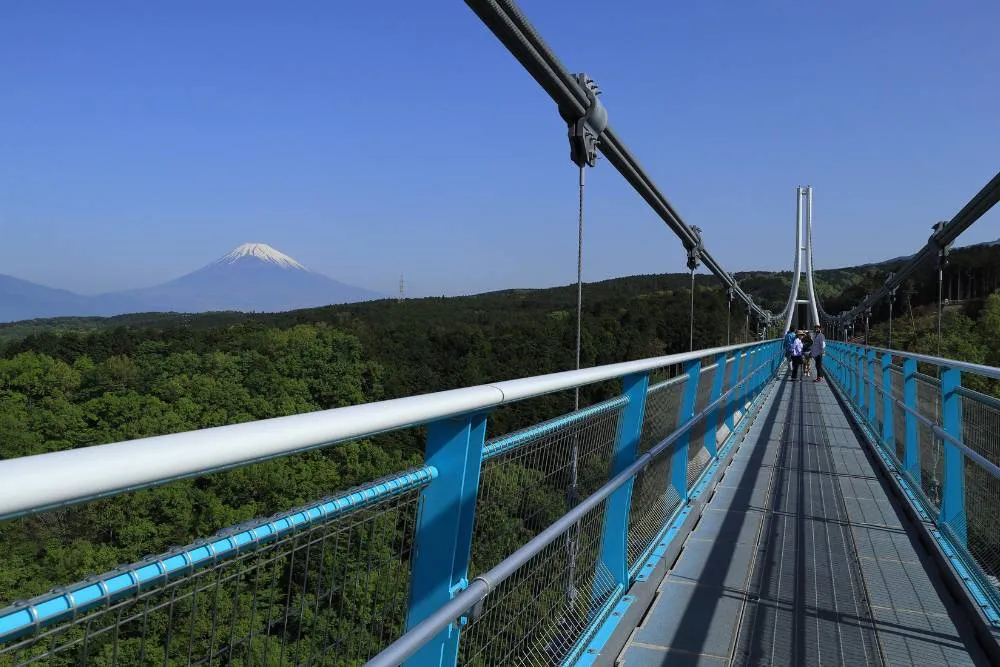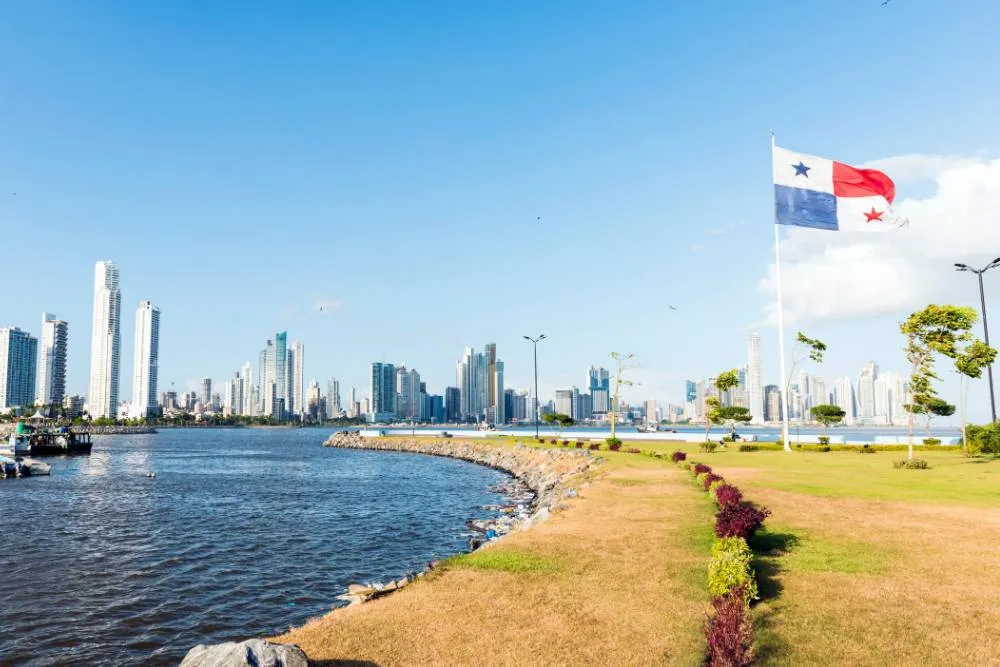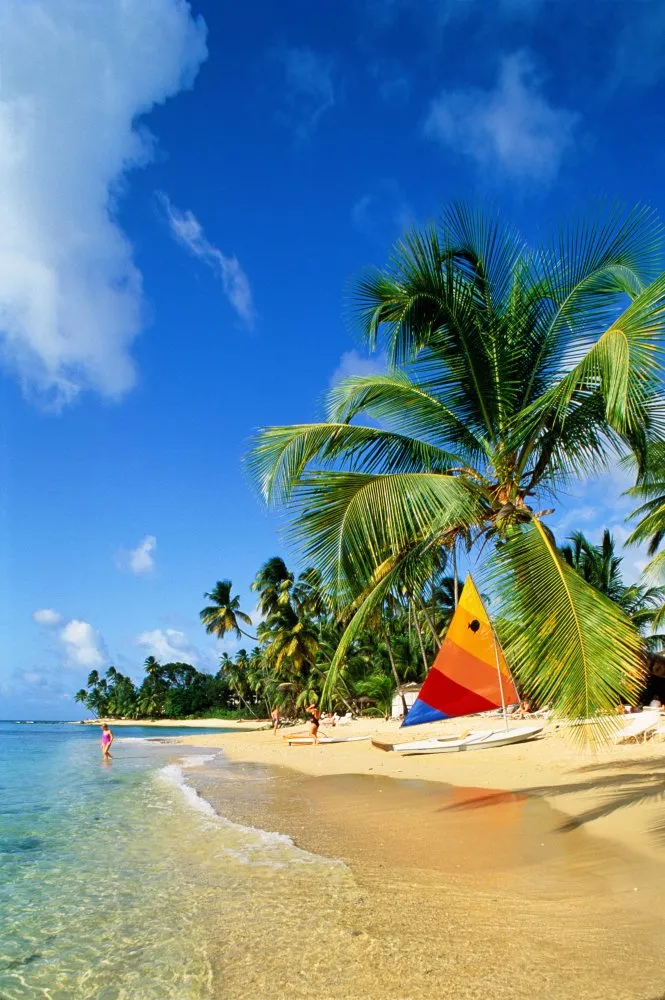The best places for digital nomads to work remotely in 2023
7 min readWhere are the best cities to live and work as a digital nomad? Here’s our top 10, considering quality of life, location, price and paperwork, so you can choose the perfect place for your remote office
What do people look for when considering the life of a digital nomad? Internet speed, co-working spaces, cost of living? These can be defined, sure. But what about safety, the local people, nightlife, culture, and quality of life? Our top 10 locations for remote working considers all of these things, plus, we’ve got advice on obtaining a digital nomad visa for some of the picks. Maybe one of these places will be your next digital destination!
Recently, a list was published by remote.com of the top 100 places from which to work remotely. It comprised a number of factors — cost of living, safety, internet speed, etc. — pretty much what any digital nomad will have to take into account.
We’ve included the number one city on the list (Toronto) and used the information as a base, but this is a compilation mainly of places that we think are interesting, cool, and yet might not be somewhere you’d first think of. Maybe one of these will be your next digital destination!
Toronto, Canada
It’s well known that Toronto is a very cool city — New York with a heart, maybe? — and it manages to tread that fine line between big-city chaos and small-town life that makes it a very nice place to settle.
It’s got a large, diverse population, good public transport, excellent food and nightlife, great cafes for daily working, and is built on the water. Add to that the ‘friendly Canadians’ thing (a cliché ‘cos it’s true) and you’ve got remote working pretty much sorted. Safety, good quality of life, lots to do, and nice people to be around — there’s a reason it’s so popular.
Chiang Mai, Thailand
Although Bangkok has a higher proportion of foreigners, Chiang Mai is the place to be in Thailand right now. The second city is to the north and surrounded by mountains, meaning that getting out of the city and into the stunning countryside is easy. Internet connection speeds are decent, and the city is cosmopolitan and safe.
The other interesting aspect of Thailand as a place to base yourself is that the country grants visas of up to one year if you enroll in a course to learn something about Thai culture. This could be as much as attending university, or simply taking language lessons and joining classes in Thai boxing, cookery, or yoga massage therapy.
Willemstad, Curaçao
Where? Curaçao. It’s a small island of around 150,000 people, and a constituent country of the Netherlands. It’s a tropical paradise of beaches, coral reefs and clear waters, with Willemstad the colorful capital.
It’s an apparently random but wonderful combination of cultural elements, with architecture inspired by the Netherlands (tall, thin mercantile houses) but with a Caribbean twist (they’re vibrant shades of yellows and pinks). Caribbean food, European-style pubs and bars, and a population who can converse in at least two of the four languages spoken on the island (Dutch, English, Spanish and Papiamentu, a Portuguese creole) mean it’s an open, receptive, fun and friendly place to be.
Auckland, New Zealand
New Zealand often makes these kinds of lists, and it’s generally clear why: friendly people, beautiful scenery, small-ish and liveable cities, good food, and so forth. Well, it’s obvious why Auckland is here: all of the above. The one thing that has started to mark the country down over the past year or two is the cost of living, something that New Zealanders are starting to notice (in a good-natured, just mildly peeved way, of course).
However, it’s still a very attractive choice. Built around an extinct volcano on the country’s North Island, it’s certainly striking, and the fact you can be in a lively, cosmopolitan city one minute and out on a hiking trail or at the beach the next is a great reason to move there. And hey, even if you’re done with the city, you can explore the rest of the beautiful country by camper van or by train.
Svalbard, Norway
If you’re looking for somewhere off-grid without actually being off-grid, this might be it. Svalbard is home to fewer than 3,000 people — the tiny, rugged archipelago sitting alone in the frigid ocean between Norway and the North Pole. Polar bears, arctic foxes, reindeer and the northern lights will be your companions through the long winter nights or equally long summer days.
Norway offers lifetime digital nomad visas, and Svalbard itself has 2,500 co-working spaces and excellent internet in the largest town, Longyearbyen, meaning that even if you can’t deal with the isolation for a long time, you can keep coming back again and again. Come to think of it, that’s a pretty good deal for any adventurous types out there.
Salt Lake City, Utah, US
The highest-ranked US city on the list, Salt Lake City has become popular with digital nomads due to a combination of a lot of public working spaces, good public transport in and around the city, and the fact that (by US standards) it’s relatively affordable.
It also helps that it’s surrounded by some of the most incredible scenery in the country, with the famous salt flats nearby, as well as stunning mountains, forests, and national parks. Hiking, mountain biking and climbing are all hugely popular, as are skiing and snowboarding when the winter comes around. In contrast to the rest of Utah, it’s also known as a politically liberal city, with a thriving arts scene and a large LGBTQ+ community that hosts one of the largest Pride festivals in the US annually. There are also festivals of comedy, fringe theater, art for kids, environmentalism, crafts, yoga, steampunk, independent film, goth music, food, comic books, paganism and one simply celebrating the city’s multi-ethnic makeup. Diverse, eh?
Madeira, Portugal
Madeira is the largest island of the four that make up a small archipelago off the coast of Morocco. It’s part of Portugal and combines a wonderful, subtropical climate with excellent food and the wine that shares its name. It’s generally been a popular spot for tourists with its year-round sunshine, but the local authorities are making a concerted effort to attract people more permanently with their digital nomad program.
The program really encourages new arrivals to get involved with life on the island and to meet other new arrivals, with locations like the Ponta do Sol Nomad Village ready to welcome you. There are also dedicated Community Managers to help you get on your feet, and activities such as festivals and hiking trips to encourage socializing and help you learn about your new home.
Mishima, Japan
In the foothills of Mount Fuji lies the small city of Mishima, home to around 110,000 people and dating back to around the year 830 when its central Shinto shrine is first mentioned. It’s now known for its ancient castle ruins, and its magnificent Skywalk, a 400-meter-long pedestrian bridge over a volcanic gorge, providing stunning views of Mount Fuji and Suruga Bay.
The city provides everything you’d expect — shopping, nightlife, culture, history, et cetera. But it has the advantages of being both off the tourist trail (as far as foreigners go at least), yet within striking distance of Tokyo (around two and a half hours by bus or 45 minutes on the bullet train) as well as the beaches on the northern side of Suruga Bay, on the way to the city of Shizuoka.
Panama City, Panama
Mountains, forests, beaches, a tropical climate, a low cost of living and a good quality of life. All the boxes ticked, right? Panama has been a tourist destination for a number of years now, but has started attracting digital nomads drawn by… well, everything mentioned above! Panama’s location also helps, with relatively low-cost flights from cities across the US and South America.
Okay, it’s a bit chaotic and if you want to drive, you’ll need eyes in the back of your head, but all that just adds to the thrill. You’re not moving here forever — that’s what being a digital nomad is all about, surely! — so embrace the madness of the city and temper it with adventures into the rainforests and warm days on the beach.
Bridgetown, Barbados
If you’re going to set up anywhere, a lot of people would pick the Caribbean. What’s not to love? Warm weather, great beaches, good food, and a laid-back lifestyle. Many countries in the region are now offering digital nomad visas: Antigua and Barbuda, Dominica, the Cayman Islands and Bermuda, to name just a few.
Barbados is the latest name on that list. You can obtain a 12-month work permit called the Barbados Welcome Stamp and make your home anywhere on the island. You could stay in Bridgetown (it’s the capital, after all), but the island can be traversed in as little as three hours, and the best part is some of Barbados’ beaches now have Wi-Fi! Working? Hardly!
You can see the full list from remote.com here.
Did you like this article? For more travel inspiration, visit Kiwi.com Stories.
